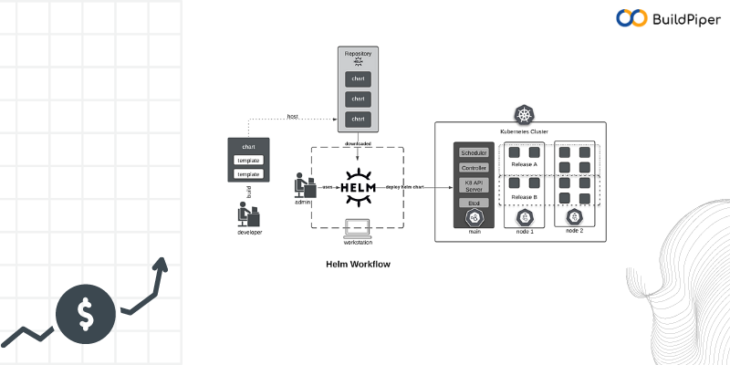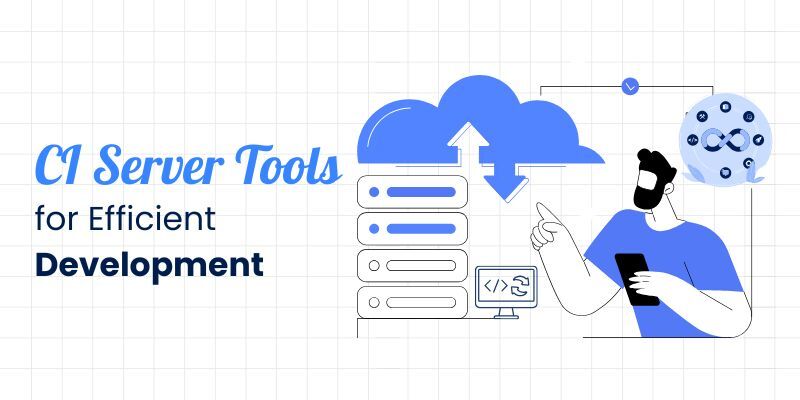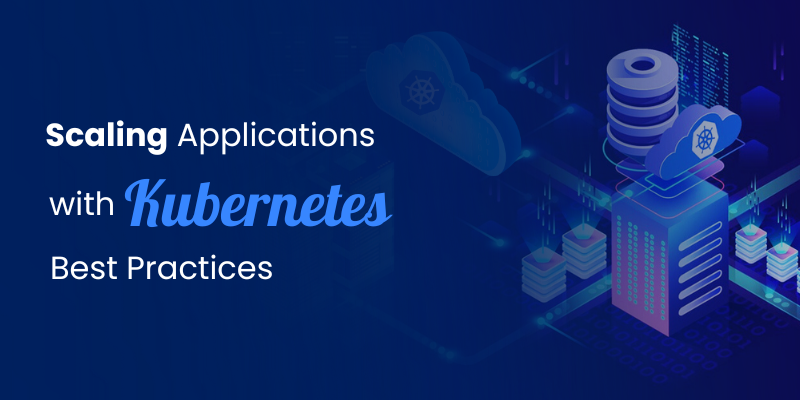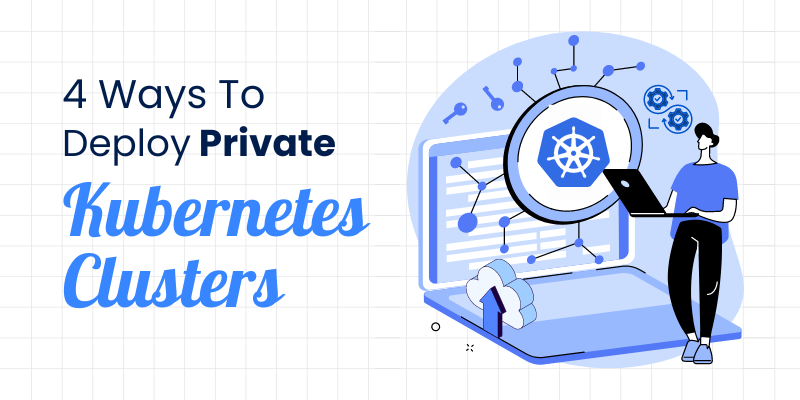
Helm, also known as the package manager for Kubernetes is a stalwart element within the Kubernetes ecosystem. It helps in application deployment by packaging all resources needed for a seamless Kubernetes deployment. Here, we talk about the benefits of using Helm. Let’s take a look!
A Kubernetes manifest defines the resources (e.g., Deployments, Services, Pods, etc.)that users want to create, and how they want these resources to run inside a Kubernetes cluster. This is why a manifest file is a must for Kubernetes Deployment.
Why use Helm?
Creating and maintaining Kubernetes YAML manifests for all the required Kubernetes objects can be time-consuming and complex. Helm simplifies this process and creates a single package that can be allocated to your Kubernetes cluster.
Benefits of using a Helm chart in Kubernetes!
Here’s more on what is a Helm chart used for. By making application deployment easy, standardized and hassle-free, Kubernetes Helm improves,
- Boosts productivity
- Reduces the complexity of deploying Microservices
- Enhances deployment speed
Boosts Productivity!
Using a Helm allows the software to deploy its test environments at the click of a button. For instance, in order to test a new feature, a developer would need a SQL database. There is no need for the development to go through the process of installing the software and then create all the databases & tables required. Instead, the teams can simply run a single Helm Install command to create and prepare the database ready for testing. This in turn saves the developers time and boosts their productivity.
Reduces Complexity!
Once the Helm chart is built, it can be used over and over again by anyone. By using the Helm chart in Kubernetes deployment, product teams can reduce complexities. The fact that developers can use the same chart for any environment reduces the intricacies of creating different charts for the dev, test and prod environment. The DevOps teams can simply tune in their Helm chart and make sure it is ready to be applied to any environment, be it in dev, test or prod. This way teams can leverage the benefits of using a production-ready chart in a dev environment.
Simplifies Deployments!
A helm chart makes it easy to set overridable defaults in the values.yaml file, allowing software vendors or administrators of charts to define a base set. Developers and users of Helm charts can override these settings when installing their charts as per their needs. If the default installation is required, then no override is required. This really simplifies the deployment process easing the developer’s tasks.
HELM really HELPS!
I’m pretty sure after reading this, you now have a clear understanding of what is a Helm chart used for. Deploying applications to Kubernetes is not a simple process as there are several other objects involved. This requires specific knowledge of all these components and what their functions are to successfully deploy those. Helm takes the complexity out of the process and makes Kubernetes deployment extremely simple and easy to handle.
Just like the helm enables a pilot to steer a ship, Helm enables a Kubernetes operator to have greater control of his/her Kubernetes cluster.
[Good Read: “3 Best Tools to Manage Your Kubernetes Cluster!”]
BuildPiper- A One-stop Solution for Seamless Cluster Management!
When it comes to managing a Kubernetes cluster, a platform such as BuildPiper can help enterprises with hassle-free and secured cluster management. With BuildPiper, enterprises can empower their DevOps teams with an end-to-end Kubernetes & Microservices Application Delivery Platform that enables more than 10X reduced time & investments needed to onboard & securely manage the complete setup and deployment of Kubernetes & Microservices applications.
To know more about its other interesting functionalities, schedule a demo today!
Read more about Helm, its benefits, what is a helm chart, the benefits of using a helm chart in Kubernetes deployment and the components of a helm chart, here in this article.



